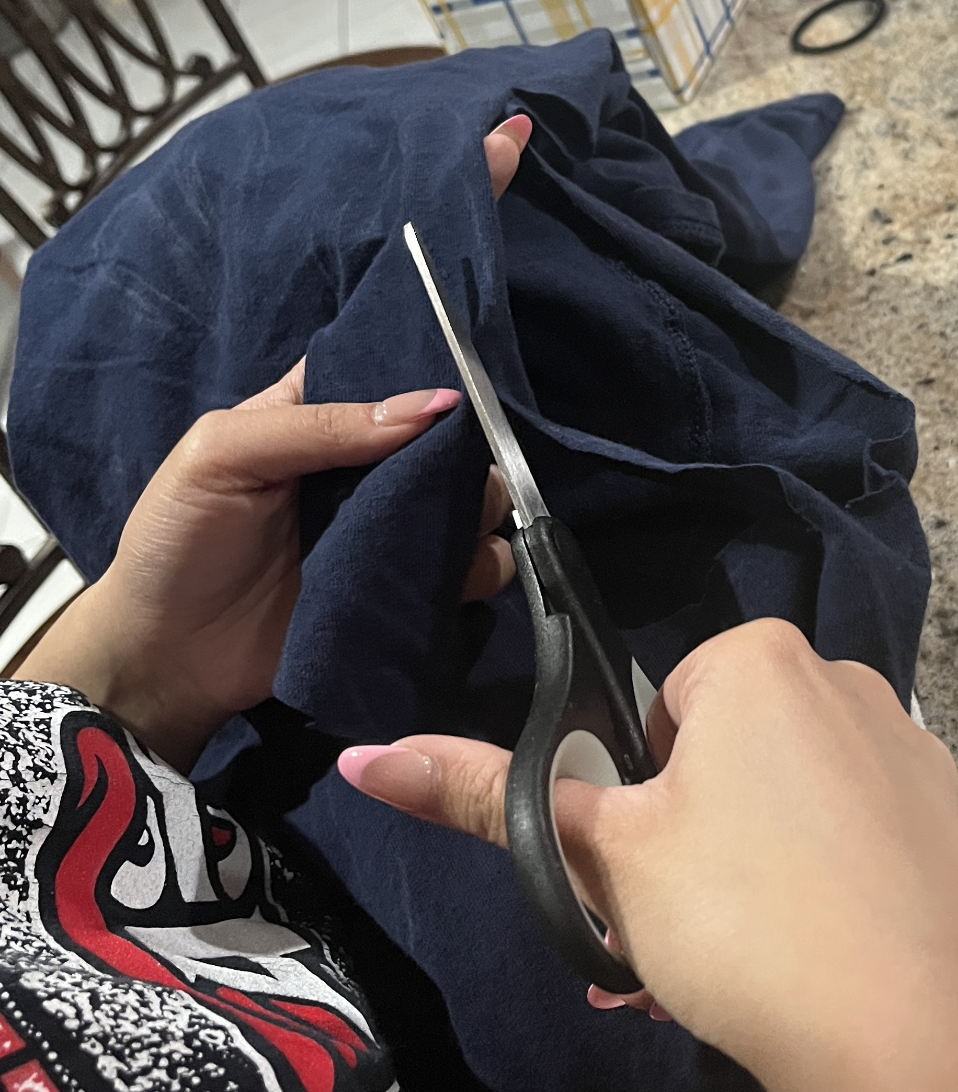Learn the Parts of the Brain in 5 Minutes
November 9, 2020
I often have a sudden urge to learn new things. This time, my goal was to learn about the parts of the brain. Being a psychology major, I knew that many aspects of psychology, including mental disorders and normal human behaviors, revolve around the brain, and I thought it would be helpful to have some prior knowledge.
After I searched on the internet for quite some time, I came across a video titled “How to Learn Major Parts of the Brain Quickly,” and it sure did not disappoint!
So, you want to learn the parts of the brain, too? Great! All you will need is your hands!
With your hands out, you can see that one side of your hands are darker than the other. The darker side of your hands represent the brain’s gray matter, or the outside of the brain that keeps the neurons healthy. The bones in your fingers will represent the white matter in your brain, which is responsible for carrying information.
Essentially, to learn and memorize the parts of the brain, all you’re going to do is make a fist with both of your hands (with your thumbs laying on your nail beds.) The shape you made with your hands loosely resemble two hemispheres of the brain! Now, cross your wrists and put the back sides of your fists together. You should be creating an “X” shape with your wrists. You just created a complete brain!
With this model, we can easily visualize the individual parts of the brain and how it works!
We can see that the left hemisphere (right hand) controls the right side of the body (right forearm) and vice versa. The place where the backs of your hands meet represent the Corpus Callosum, which is a bundle of nerves that connect the two hemispheres of the brain, helping them communicate with each other.
Your wrists represent the brain stem, which lays on the bottom of the brain and is vital for important life functions like breathing, heart rate, sleeping, eating, etc. Through this hand model, we can even visualize how all these parts travel from the brain (hands) to the body (arms.)
Now focusing on one singular hemisphere (one hand,) we can further categorize the parts of the brain. The pinky and ring finger represent the frontal lobe, the part of the brain that is mainly responsible for the complex and abstract thought an individual has. It sits behind the forehead and is the most advanced part of your brain. It helps us imagine possible futures, make plans, and helps control our emotions. However, it doesn’t develop fully until the middle of adulthood, which explains why children and teenagers can be impulsive.
The middle and pointer fingers represent the parietal lobe, which is responsible for an individual’s senses.
Going further, your fist shapes holes in your hands that look kind of like eyes. These represent the occipital lobe. Furthest away from the frontal lobe and in the back of your brain, this is responsible for visual information processes. If you ever hit the back of your head and saw stars, you hit your occipital lobe!
Moving to the thumbs, these represent the temporal lobe. Your thumbs can move away from the fists, but cannot separate from your hands, much like the temporal lobe in relation to the brain. The temporal lobe is responsible for sound and speech.
Now you have a portable model of the brain that you can take with you wherever you go, especially to all the parties. You’ll be a showstopper!
























